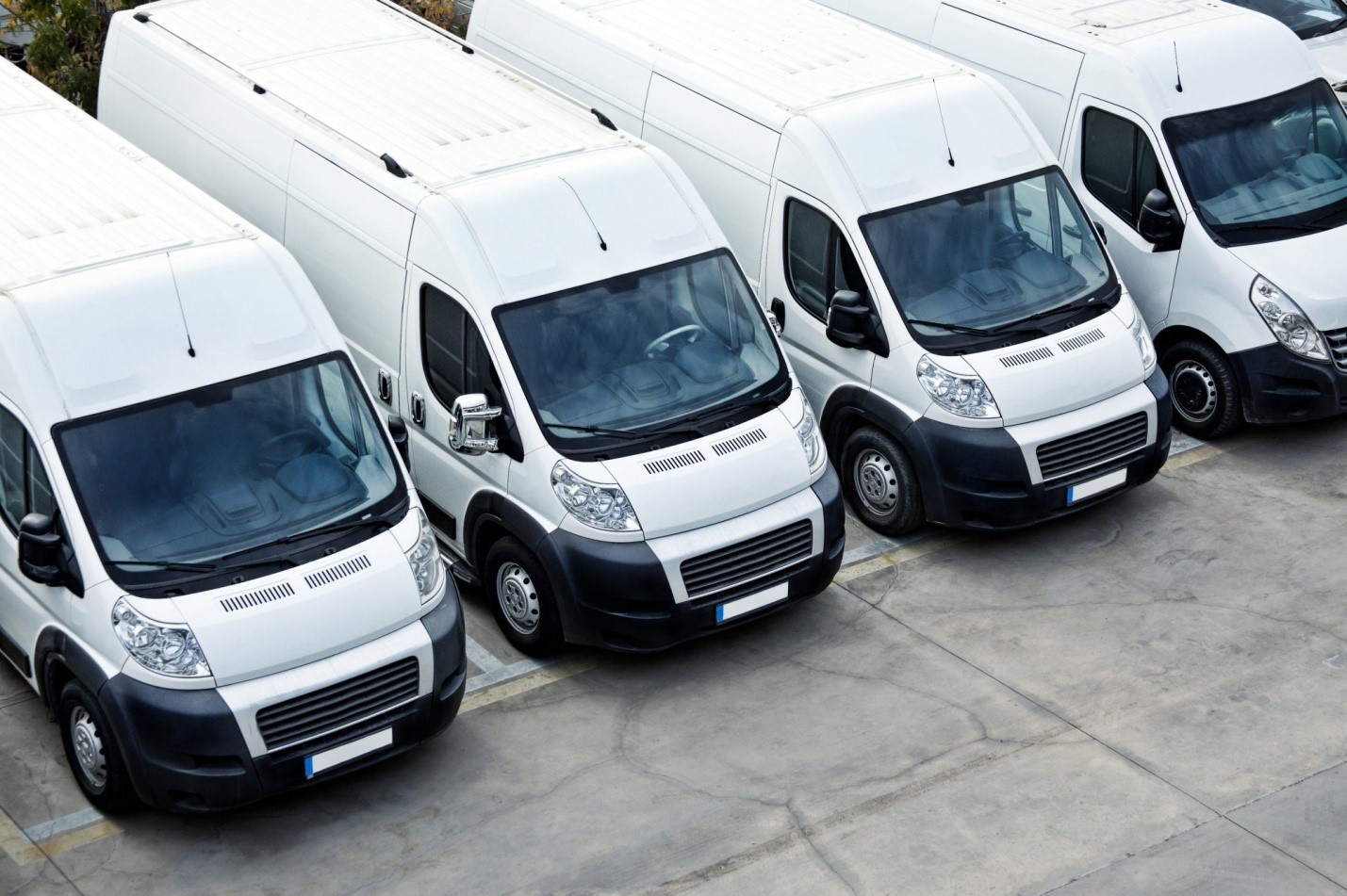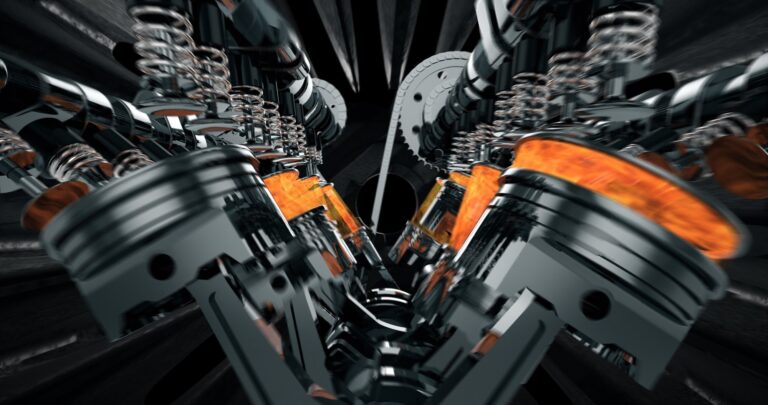Ways to Reduce Fleet Fueling Costs and Consumption
Efficient fleet management is like a puzzle where you must balance how well everything works and how much it costs. One important piece of this puzzle is using less fuel, which helps save money.
Being smart with money and taking care of the environment are both critical. It’s a big deal for companies to spend less on fuel while being kind to the planet.
This article will discuss intelligent and practical ways to help reduce fleet fueling costs and consumption. Read on to learn more!
Vehicle Maintenance and Upkeep
Taking care of vehicle fleets and keeping them in good condition is important for saving money on fuel. This plan is about ensuring each vehicle works its best, which helps it use less fleet fuel. Here’s how to look after vehicles properly to help us save on fuel delivery:
Tire Maintenance and Engine Tuning
Taking care of your tires is important for using less fuel. When tires don’t have enough air or are underinflated, they make the vehicle harder to move because they create more friction with the road. It makes the engine work even harder, and when it works harder, it uses more fuel.
Also, taking good care of your engine is important. Think of it like giving your engine a check-up. When you do this regularly, the engine works better and uses less fuel.
A healthy engine can make more power from the fuel it burns. But if you ignore the engine and don’t take care of it, it might not work well, and this can make your vehicle use more fuel and create more pollution.
Air Filters
Having clean air filters is important for the engine to work well. Air filters let air go into the machine, which is needed for burning fuel.
When filters get dirty, they stop the air from going in correctly. Then, the engine must use more fuel to compensate for the problem. But if you change the filters regularly, the machine can work better and use less energy.
Oil Changes
Using the right oil for the engine and changing it when you’re supposed to is a good idea. It helps the engine parts move smoothly without too much friction.
When the engine parts are well-lubricated, they work better and don’t wear out quickly. This also means the engine steadily uses fuel. Changing the oil on time can help the engine be efficient and use fuel evenly.
Cooling System
Taking care of the cooling system helps keep the engine from getting too hot. When an engine gets too hot, it doesn’t work well and uses more fuel. This can also make it pollute more.
However, regularly cleaning out the cooling system is a good way to avoid pollution. Then remember to make sure there’s enough coolant.
Exhaust System
The exhaust system is important too. It helps the engine get rid of waste gases properly.
If the exhaust system isn’t working right, the engine might not run as well and could use more fuel.
Things like clogged parts in the exhaust system can cause problems. So, keeping the exhaust system in good shape can ensure the engine works well and doesn’t use too much fuel.
Fuel System
Checking the parts of the fuel system, like the things that put fuel into the engine, is important. It helps make sure fuel goes to the machine the right way. When the parts that put fuel in are clean, the engine burns the fuel better, which means it uses less fuel.
Sensors and Electronics
Newer cars have many things inside them that can sense and control stuff. These things can affect how much fuel the vehicle uses.
It’s best to make sure these parts work well. Otherwise, the car might not use fuel correctly if they don’t.
Regular Check-ups
Having experts look at your car regularly is a good idea. They can find problems early and stop them from getting worse. This helps the car use less fuel because it stays in good shape.
Route Optimization
Saving fuel and ensuring things get delivered on time is essential for our group of vehicles. We can do this by planning the best routes and managing diesel exhaust fluid and shipping services.
We can save a lot of fuel for the routes by picking the right paths. People who manage our vehicles can use unique technology like GPS and route planning software.
These tools help find the quickest and least crowded ways to go. This means our vehicles spend less time waiting and driving extra, which saves fuel.
Technology Integration, Driver Behavior and Training
Drivers can help us use less fuel by driving smartly. This means they must learn about good driving techniques, like not pushing the gas pedal suddenly or stopping hard.
When drivers drive carefully, we save a lot of fuel. We also want everyone to go responsibly, so our vehicles can use less fuel.
We can also use technology like CameraMatics’ fleet risk management solution to help us. Special systems can tell us how well the vehicles and drivers are doing.
These systems can see how fast the vehicles go, how long they wait without moving, and how much fuel they use. People who manage vehicles can use this information to make intelligent choices. They can pick the best paths for the cars and help drivers learn to use less fuel.
Picking the Right Vehicles
When we get new vehicles for our group, choosing ones that use less fuel is smart. Some cars are better at using fuel, and these are the ones we want. There are also unique cars that run on electricity, and they’re good for the environment because they don’t use much fuel.
Adding Commercial fleet wraps to your vehicles not only boosts brand visibility but can also help protect the exterior from wear and tear, indirectly maintaining fuel efficiency. These wraps offer a professional look while serving as a cost-effective marketing tool on the road.
Mastering Strategies for Fleet Fueling Optimization
Saving money on fleet fueling and using less of it needs a lot of different things working together. This includes taking care of vehicles, teaching drivers how to drive smart, using helpful technology, and making smart choices.
When we do all these things, the people who manage our fleet can spend less money and help care for the environment. This will help businesses do well in a world where they need to compete with each other.
Was this article helpful? If so, you can read more on our blog. We have more content for you to check out.






